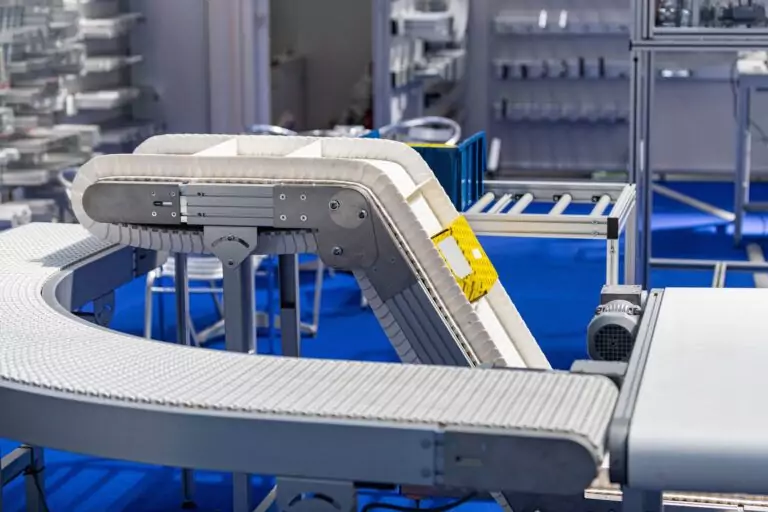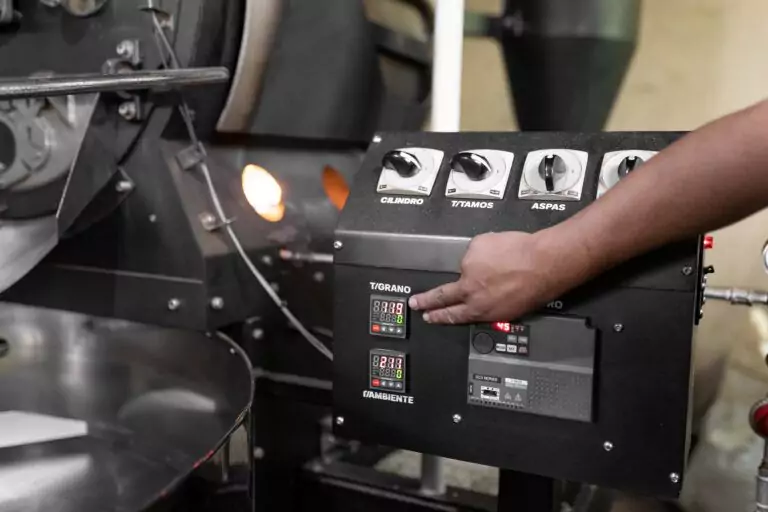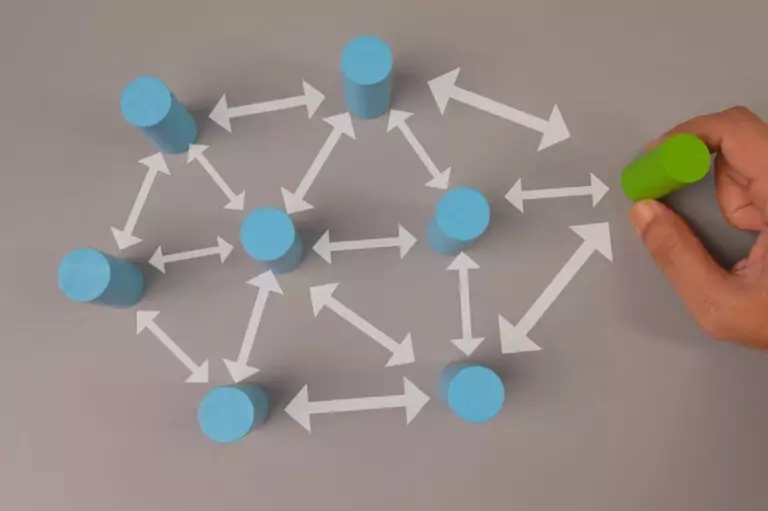
Eliminating redundancy in your writing is easier said than done, but it’s a skill that you must master before you can be an efficient communicator. Especially if you are compiling written reports containing important data and information, be on the lookout for instances of excessive repetition in your work.
Here are three easy ways to kick redundancy out of your writing for good.
Leave Unnecessary Words and Phrases Out
Sometimes writers give in to the temptation to use verbosity, or language that is more wordy than necessary, to prove their skill or just because they can. Other times, writers simply don’t realize their writing contains unnecessary phrases. It happens to the best of us.
How do you tell which words are necessary, and which words are not? Search your writing sentence by sentence for words that are similar to each other.
If a word does not contribute anything new to a sentence, it is more than likely superfluous and should be removed. See the example below.
Matt had to work late to correct an unintentional mistake made on his report, which was due the next day.
In this sentence, the words “unintentional” and “mistake” imply the same thing: an action done in error. “Mistake” means “error,” and “unintentional” is used to describe something done by mistake, so only one of the words is needed for clarity.
A more concise version of the sentence would read:
Matt had to work late to correct a mistake on his report due the next day.
Strong technical editing skills are essential when you’re eliminating redundancy in writing. It might not be easy to slash your own work when it’s full of redundancies, but it is a great way to improve your writing dramatically.
Deciding When to Use Adverbs
Unnecessary words look different to everybody, but most writers can agree that adverbs are often not needed.
Adverbs or intensifiers often hurt your writing more than they help but eliminating redundancy in writing is not the same as swearing off intensifiers altogether. They are necessary in some scenarios.
Say, for instance, that you are reading a recipe telling you how to make waffles. You get to the second step, and the recipe reads: “Beat egg whites.” After slowly whisking your egg whites for 20 minutes with no change in texture, you give up. How could you have known that you needed to beat briskly?
Intensifiers should be used sparingly in technical writing, only employed when they have a semantic impact. If a sentence has the same overall meaning after removing an intensifier, check the adverbs at the door.

Trash the Tautologies and Pleonasms
When you aim to eliminate redundancy in your writing, it’s helpful to understand some common forms that redundancy might take. These include tautologies, pleonasms, and repetition.
A tautology is a statement that makes the same point in two different ways. For example:
- “These necessary requirements…”
- “First and foremost…”
- “Using new, never-before-seen technology…”
Repetition is unnecessary in each of these examples.
A pleonasm is a phrase containing more words than are necessary to get a point across. For example, in engineering, we sometimes say “end result” when “result” alone would suffice.
Good technical writers know that effective communication means saying something in the best way, not more than one way. If you’ve chosen the most suitable words, there is usually no need to repeat yourself, and there is certainly no need for tautologies or pleonasms.
When to Use Repetition
Repetition is only necessary under certain circumstances. For example, you might need to remind your readers of data presented earlier in a report or draw the same conclusion from two different perspectives.
If not repeating yourself could cause your readers to forget important details or make it difficult for them to connect the dots between different pieces of information, go ahead and use repetition.
But when repeating yourself, don’t overcomplicate it by rephrasing. Instead, repeat a phrase in its entirety. It will be more concise and easier for readers to understand.
Write as Little as Possible
When all else fails, write less.
Eliminating redundancy in writing is often as simple as explaining yourself in as few words as possible. Be direct. Have someone else read your writing if needed to help identify unnecessary tangents.
Abbreviations in Technical Writing
Abbreviations can be used as a tool for removing redundancy in some cases. With that said, it is not always appropriate to use abbreviations in technical writing.
Contractions and shortenings, for example, may come off as unprofessional in a report. Acronyms, however, are commonly used in technical fields and do sometimes have a place in report writing.
Just be practical when deciding when to use acronyms and when to leave them out.
Case in point, as an engineering services company, we are used to using helpful acronyms such as “P&ID diagram” and “CWP package.” If we were to write these terms out in their entirety each time they appeared in a report, readers would quickly be frustrated and may even begin skim reading.
Redundancy is the enemy of clear and concise writing. It results in poor flow and impedes understanding, and it might be keeping you from writing effective technical reports. Utilize these three simple tips to eliminate redundancy from your writing: leave out unnecessary words, avoid repetition, and be direct.
Check out more technical writing tips in our resources section.









